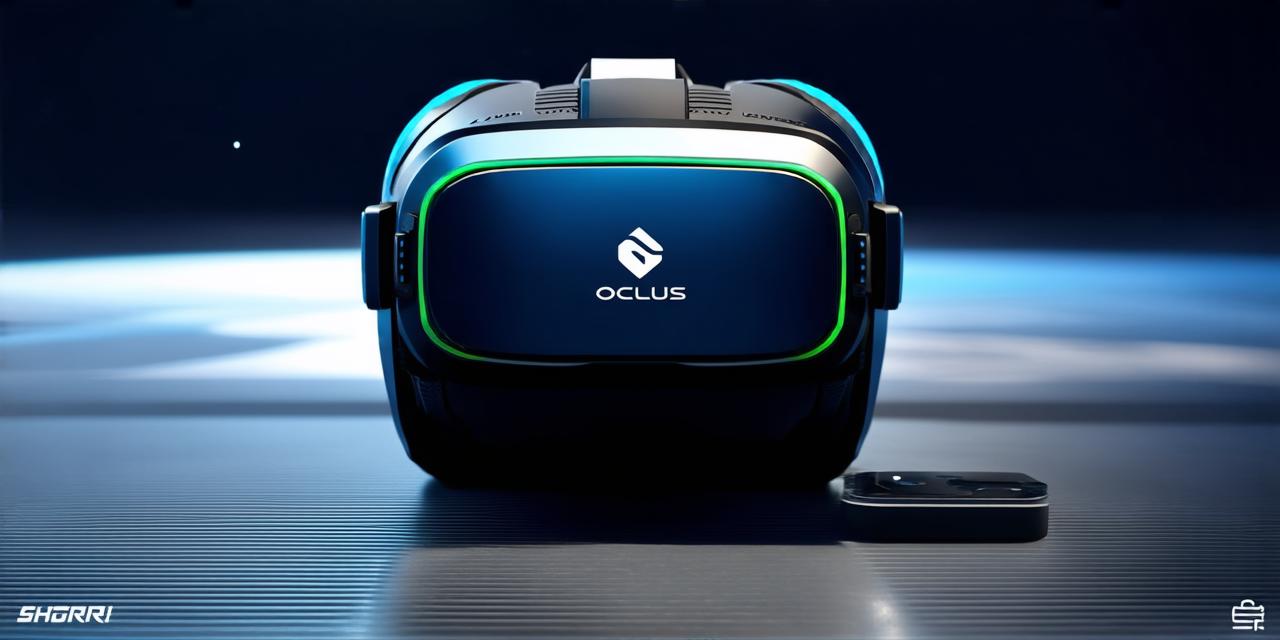1. Understand Your Target Audience
Before you start developing VR content, it’s essential to understand who your target audience is and what they expect from a VR experience. This can help you tailor your development process to meet their needs and create an experience that resonates with them. For example, if your target audience is gamers, you might want to focus on creating an interactive game environment that encourages exploration and engagement. On the other hand, if your target audience is educators or trainers, you might want to focus on creating educational content that teaches specific skills or knowledge.
2. Optimize Your Content for Performance
One of the most important factors in optimizing VR development for the Oculus Quest is ensuring that your content runs smoothly and without any lag or stuttering. This can be achieved by minimizing the number of assets in your scene, reducing the complexity of your models, and using efficient textures. You should also consider using LOD (Level of Detail) to reduce the amount of detail in objects that are far away from the user. Additionally, you can use occlusion culling to hide objects that the user cannot see, which can help improve performance.
3. Test and Iterate
Testing is a crucial part of the VR development process, especially when optimizing for the Oculus Quest. You should test your content on multiple devices and in different environments to ensure that it runs smoothly and looks good. It’s also essential to gather feedback from users and iterate on your content based on their suggestions. This can help you identify areas where your content may need improvement and make changes that enhance the user experience.
4. Use Unity as Your Development Platform
Unity is one of the most popular VR development platforms, and it’s particularly well-suited for optimizing VR development for the Oculus Quest. Unity supports a wide range of features and tools that make it easy to create engaging and immersive experiences, including physics simulation, animation, and audio. Additionally, Unity has built-in support for the Oculus Quest, which means you don’t need to worry about compatibility issues or additional setup.
5. Use Unreal Engine for High-End VR Development
While Unity is a great platform for optimizing VR development for the Oculus Quest, it may not be suitable for high-end VR development. For this type of content, you should consider using Unreal Engine. Unreal Engine is a powerful and flexible engine that supports advanced graphics features and tools, including physically-based rendering, real-time ray tracing, and motion capture. While Unreal Engine may require more resources than Unity, it can help create stunningly realistic and immersive experiences that push the boundaries of VR technology.
6. Use External Tools for Optimization
There are several external tools available that can help optimize your VR development process and improve performance on the Oculus Quest. For example, you can use tools like Unity Profiler to identify performance bottlenecks in your content and make adjustments to improve frame rates and reduce stuttering. Additionally, you can use tools like Occlusion Culler to automate occlusion culling and reduce the amount of work required for manual optimization.
7. Use Accessibility Features to Enhance the User Experience
Accessibility is an important consideration when optimizing VR development for the Oculus Quest. You should ensure that your content is accessible to as many users as possible, including those with disabilities or limited technical expertise. This can be achieved by using features like adjustable text size and font, audio descriptions, and haptic feedback to enhance the user experience.
